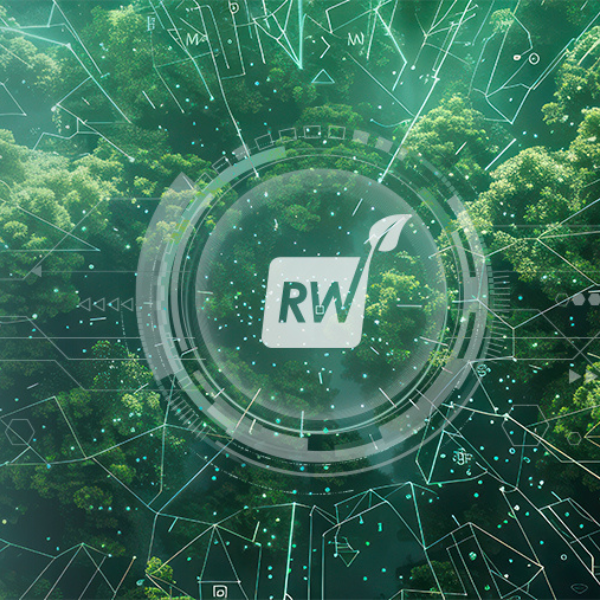The food industry has experienced significant growth in innovative packaging solutions aimed at reducing environmental impact and enhancing sustainability. One of the most promising developments is edible packaging—materials designed to be consumed along with the product, thereby minimizing waste.

The Rise of Edible Packaging
Edible packaging refers to packaging materials that can be safely consumed, offering an eco-friendly alternative to traditional plastics. These materials are typically biodegradable and are designed to reduce reliance on single-use plastics, addressing the growing concerns over environmental pollution. The global edible packaging market was valued at approximately USD 920.78 million in 2022 and is projected to grow at a compound annual growth rate (CAGR) of 5.7% from 2023 to 2030. (grandviewresearch.com)
Innovative Edible Packaging Solutions
Seaweed-Based Packaging
Seaweed has emerged as a popular raw material for edible packaging due to its abundance and biodegradability. Companies are developing packaging solutions derived from seaweed, which can be used for various food products. These seaweed-based packages not only reduce plastic waste but also offer the added benefit of being edible, aligning with sustainable consumption practices.
Plant Protein Films Inspired By Spider Silk
Researchers have developed biodegradable packaging alternatives using plant proteins, inspired by the molecular structure of spider silk known for its strength. These plant-based films offer a sustainable option to single-use plastics and are designed to be both biodegradable and edible, providing a potential solution to plastic pollution.
Dairy-Based Edible Films
The Agricultural Research Service has been exploring dairy-based films as alternatives to petroleum-based packaging. Composed of milk proteins such as casein and whey, these films are biodegradable and offer better oxygen barriers than synthetic options. While further research is needed to improve their water resistance, dairy-based films represent a promising avenue in edible packaging innovations.
Challenges & Considerations
Despite the potential benefits, edible packaging faces several challenges:
Consumer Acceptance: Widespread adoption requires consumers to embrace the concept of eating packaging, which may be unfamiliar or unappealing to some.
Regulatory Approvals: Edible materials must meet stringent food safety standards, necessitating rigorous testing and approval processes.
Cost & Scalability: Developing cost-effective production methods and scaling up manufacturing to meet industry demands remain significant hurdles.
Edible packaging innovations hold immense potential to revolutionize the food industry by offering sustainable alternatives to traditional packaging. As research progresses and consumer awareness grows, these solutions may become integral to our efforts in reducing environmental impact and promoting sustainability.









